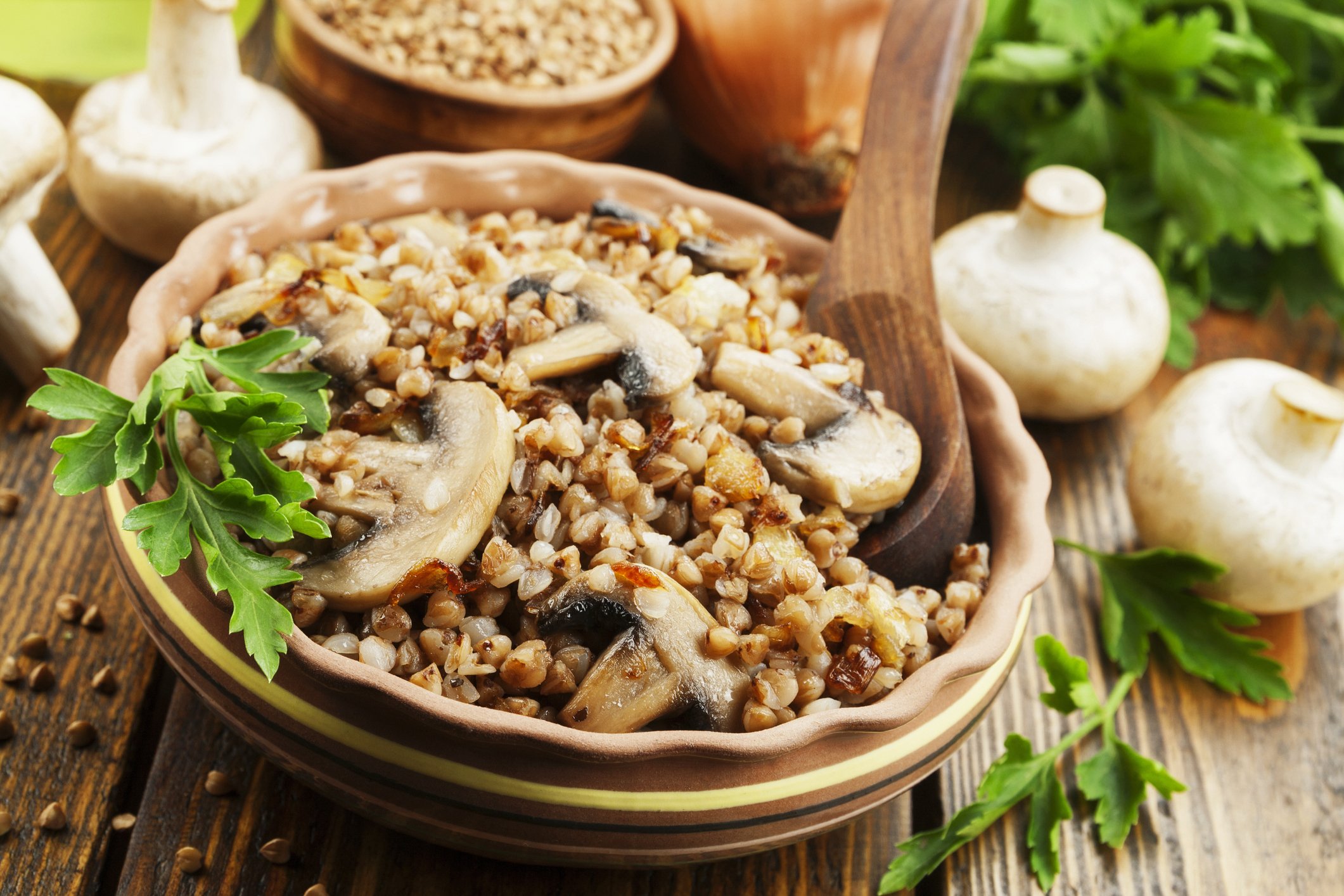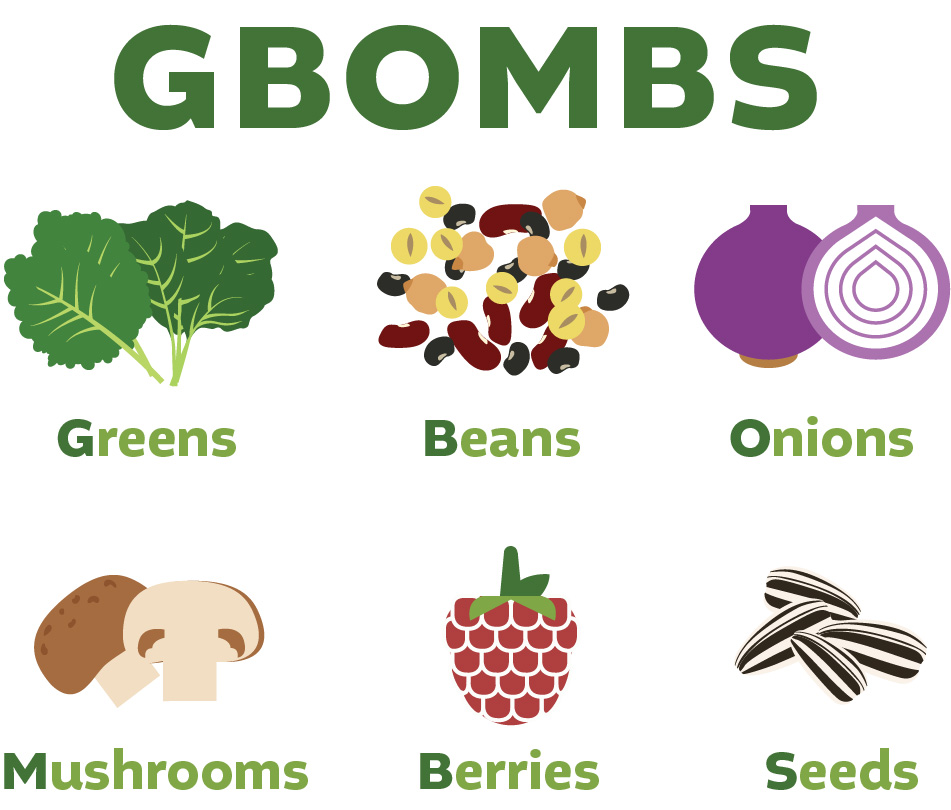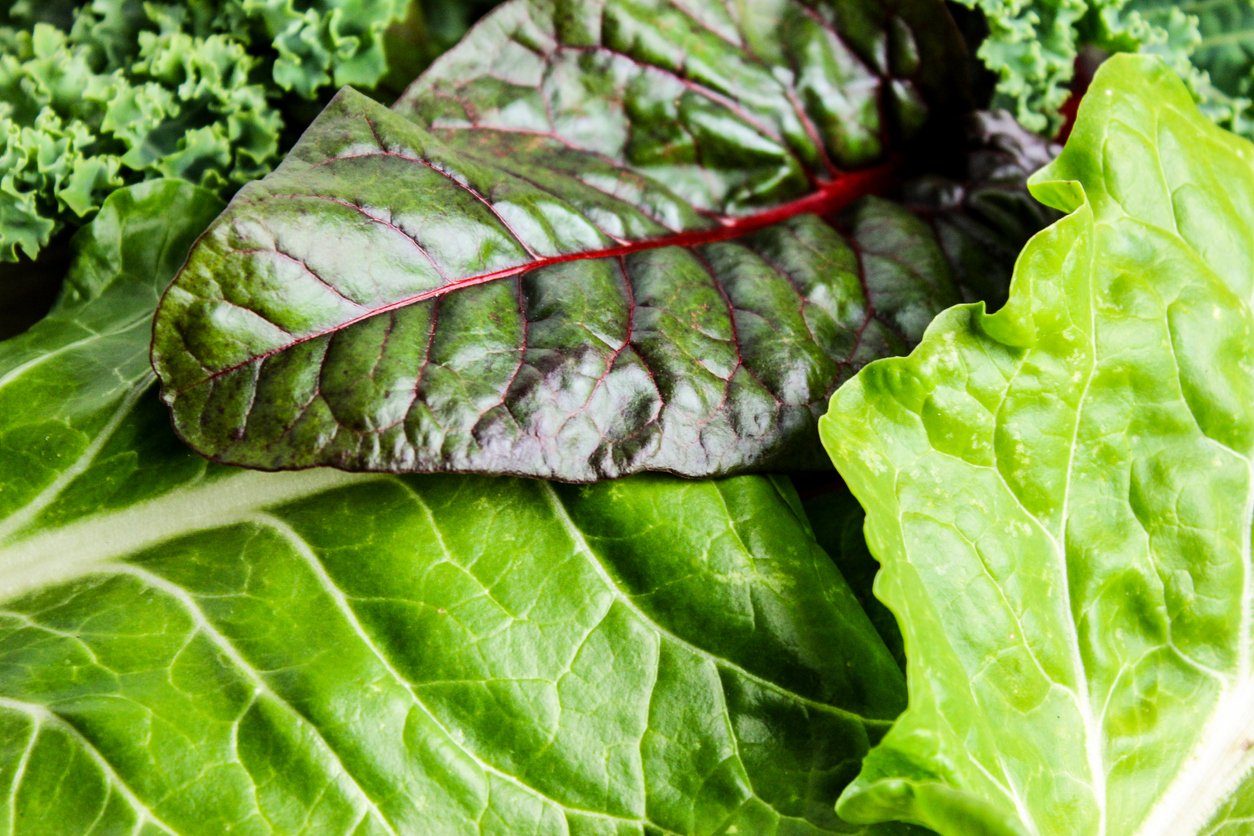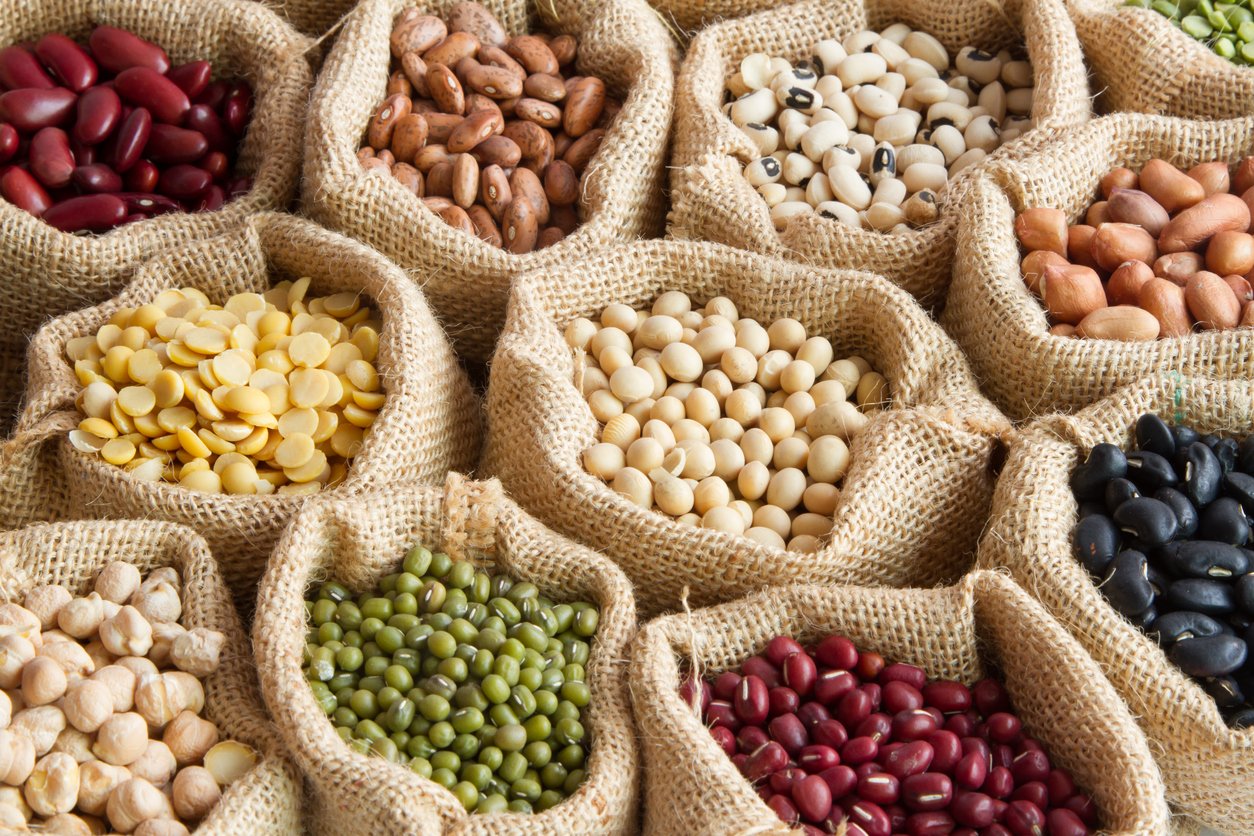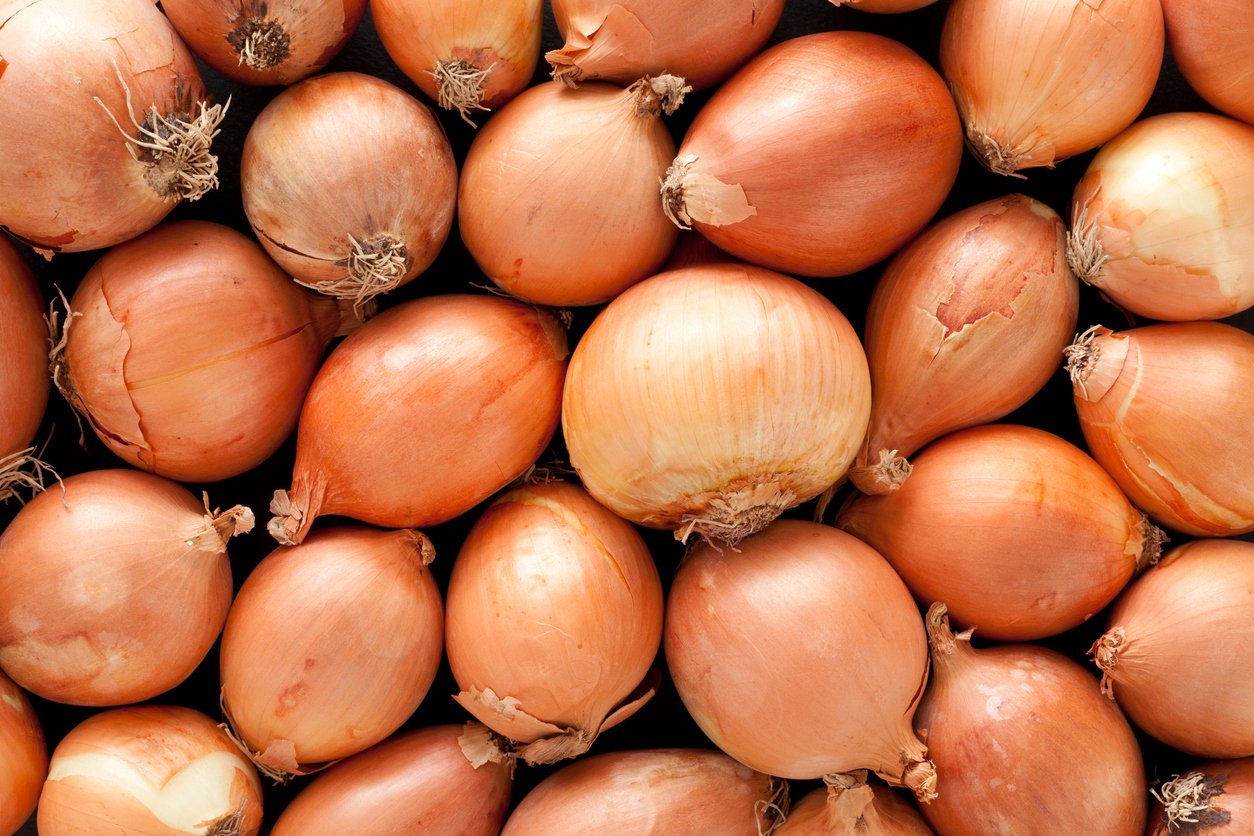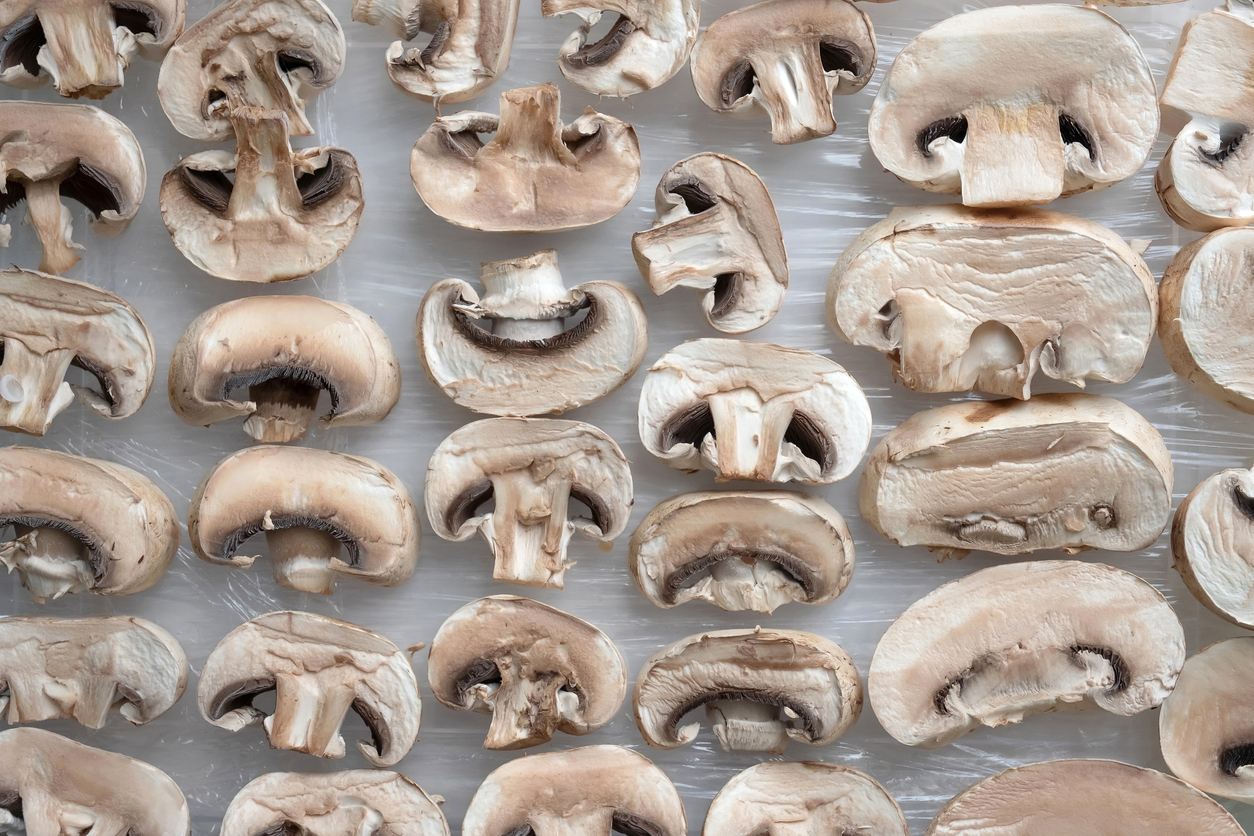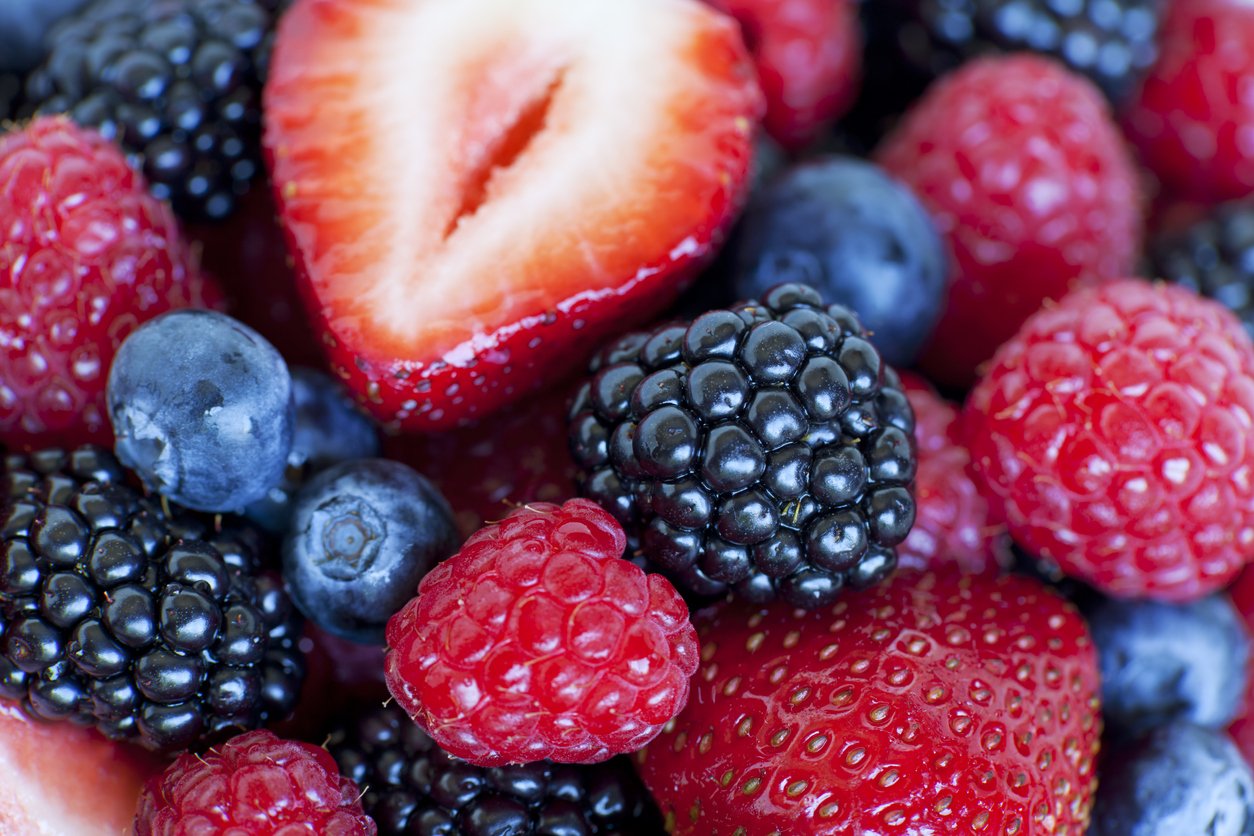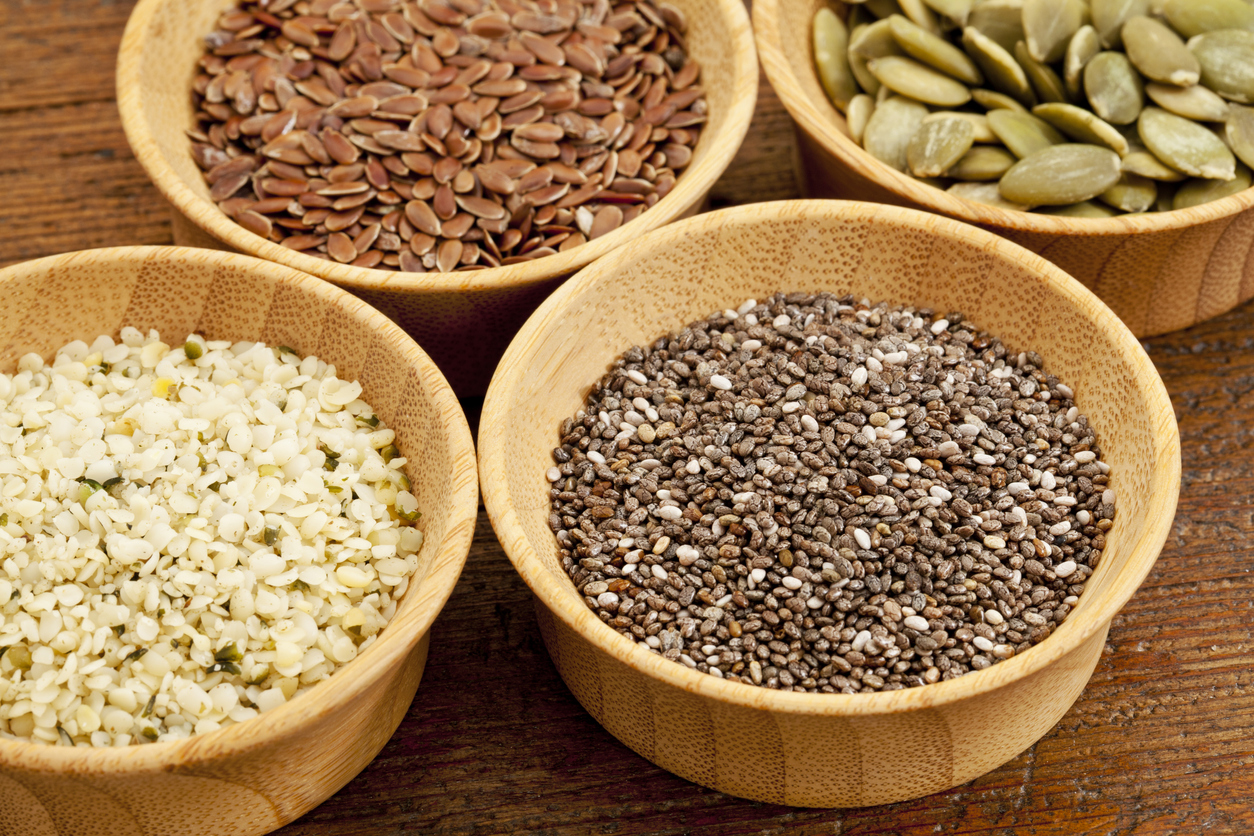The game show Supermarket Sweep featured contestants frantically filling their shopping carts with the most expensive items they could find. The player whose checkout total was highest won the game. Old footage shows people racing up and down aisles, hoisting frozen turkeys and hams into their carts, and then searching the shelves for the special items that conferred bonus points and boosted their totals.
In a 2015 retrospective, Supermarket Sweep host David Ruprecht revealed the secret to winning the game. While the hams and turkeys were more expensive than most of the other products in the store, they had a couple of significant drawbacks. First, they were heavy and required a lot of energy to lift and toss. Second, they took up a lot of space in the carts, which prevented the players from adding more items.
Those who won the $5,000 grand prize generally avoided the meat section entirely, and instead headed for the personal care aisle, where they grabbed dozens of cartons and bottles of beauty products. They were light and small, easy to hold and maneuver, and they cost much more per weight and volume than items in the meat or deli sections.
Without even knowing it, you play your own version of Supermarket Sweep whenever you eat. Instead of a cart, you have a stomach that can hold only so much food. And you have a bewildering array of options for what to put in that stomach. The question is, what’s your strategy for deciding what to chew and swallow, and what to leave alone?
There’s no single right answer. For some people, cost per calorie is the most important factor. For others, taste matters most. Habit also plays a large role, as does convenience.
If you want your best shot at living a long and healthy life, however, there’s another metric to take into account as you design your diet — nutrient density. In other words, the foods that give you the most nutritional value per weight, volume, and energy (calories) are the ones that warrant your attention.
Maximizing Nutrition
Frequent Food Revolution Summit presenter (and the author of the foreword to my book, 31-Day Food Revolution), Joel Fuhrman, MD, bases his dietary philosophy on maximizing nutritional value. That’s how he formulated his Nutritarian Diet, and how he came up with the ANDI (Aggregate Nutrient Density Index) score that rates common supermarket foods based on how much nutrition they deliver per calorie.
But I don’t expect you to memorize the ANDI ranking of every SKU in your local grocery store, nor do you need to pull up an app every time you go shopping. Instead, Dr. Fuhrman came up with a simple acronym to help you remember what types of foods to prioritize if you want to win the Nutritarian Supermarket Sweep: GBOMBS.
Dropping GBOMBS
Dr. Fuhrman came up with the acronym GBOMBS to help you remember the healthiest and best cancer-fighting foods you can eat. All GBOMBS are whole, plant-based foods high in nutritional value.
So what are these GBOMBS? The GBOMBS acronym stands for Greens, Beans, Onions, Mushrooms, Berries, and Seeds. You may be familiar with GBOMBS already if you know Dr. Fuhrman’s work or have heard of or seen them on our website. You may even have a sense of why these foods are such powerful allies in the quest to keep your body cancer-free. (If not, I’ll recap some of their health benefits below — for details, check out Dr. Fuhrman’s full-length GBOMBS article here.)
But knowing that they’re really good for you won’t automatically help you incorporate GBOMBS into your diet on a regular basis. After all, there are those other considerations to take into account and sometimes overcome, like cost, convenience, taste, and habit.
In this article, we’ll look at how to get your GBOMBS every day — at breakfast, lunch, and dinner (and even in between). You’ll discover how to take these simple, plant-based foods and turn them into whole meals, or base an entire meal around one, some, or all of them.
The GBOMBS Formula: Nutritional Density Over Calories
The term GBOMBS highlights six types of whole, plant-based foods full of peak nutritional value. Thanks to their high antioxidant content, these foods can help your body to heal, achieve optimal weight, and even slow the aging process.
Dr. Fuhrman advises that people base their diet around unprocessed plant-derived foods, such as vegetables, legumes, onions, mushrooms, fresh fruits, nuts, seeds, and intact whole grains; with attention to consuming G-BOMBS almost every day.
If you enjoy algebra, here’s Dr. Fuhrman’s longevity formula for estimating the quality of your diet:
H = N/C (Health = Nutrients/Calories)
By nutrients, Fuhrman is referring to micronutrients such as vitamins, minerals, antioxidants, and other phytochemicals that your body requires to function optimally. Calories are the macronutrients — carbohydrates, fats, and protein (plus alcohol, which technically gets included since it provides calories, even though it has no real nutritional value). So the more nutrients in a given amount of calories, the healthier the diet, according to the Nutritarian Philosophy. This high nutrient intake also helps prevent overeating and addictive behaviors.
GBOMBS are the Olympic champions of health, according to Dr. Fuhrman. These foods contain not only essential vitamins and minerals, but also hundreds of naturally-occurring phytonutrients that may protect against cancer, heart disease, osteoporosis, and other chronic health conditions.
GBOMBS and Weight Loss
They also are hugely important if you’re interested in losing weight or maintaining a lean body. By focusing on nutrient density over calories, you may not need to count calories but can instead depend on your body’s innate satiety signals to let you know when to stop eating. Indeed, most GBOMBS are naturally low in calories, and since you aren’t consuming “empty calories” (devoid of nutritional value), every calorie counts.
The only whole plant foods you may need to eat in moderation, if you’re looking to lose weight, are nuts, seeds, coconuts, and avocados because they’re high in fat and therefore high in calories. And of these foods, only seeds are represented in the GBOMBS list, because they have the most documented anticancer benefits.
Benefits of GBOMBS
Pretty much all plant foods deliver healthy nutrition, so let’s take a moment to see why these particular food categories are extra good for you.
Greens
Greens are a GBOMBS food with a wealth of antioxidants like chlorophyll, isothiocyanates, and isoflavones, all of which contribute to the rich hues found in leafy greens. (I know they’re called greens, but just to keep things interesting, some of them are more purple or red, like purple cabbage and red lettuce).
The isothiocyanates in cruciferous greens such as cabbage, kale, bok choy, arugula, and chard are precursors to the powerful antioxidant sulforaphane, which is one of the most potent cancer-fighters ever studied. Many are also high in folate and vitamin K, which can help protect your brain, bones, blood, and even DNA.
Beans
Beans are the food most associated with longevity around the world. High in fiber, protein, B vitamins, and minerals like iron, magnesium, and phosphorus, beans not only help prevent cancer, but also benefit heart health, weight loss, and blood sugar management. They are the lowest glycemic, carbohydrate-rich food. An added bonus is that they’re relatively inexpensive, and so can help you get more from your food budget. These are also reasons why beans are a major source of nutrition worldwide.
Onions
Onions and their cousins in the allium family, including garlic, chives, and leeks, have been used both culinarily and as medicine for thousands of years. Their strong odors arise from organosulfur compounds (based on the element sulfur), which serve to protect the plants from predators. In an ironic twist, those compounds also seem to protect the health of those predators (that is, us).
Onions have antioxidant, antiviral, antibacterial, anti-inflammatory, immune-supporting, and potentially anti-aging properties.
Mushrooms
Mushrooms, which are not plants but fungi, are loaded with antioxidants, vitamins, and minerals. Being from a different kingdom, they provide some valuable nutrients that aren’t so common in many plants. These include the antioxidants ergothioneine and glutathione, which appear to help boost our mood, as well as beta-glucan fiber, which fights inflammation in the gut-brain axis.
Mushrooms are also one of the few foods that may provide a source of vitamin D if they’re exposed to sunlight while growing. All told, mushrooms a powerful GBOMBS food that can benefit your heart, brain, gut, immune system, and cells.
While white button mushrooms are among the most nutritionally potent cancer fighters, a group of mushrooms known as medicinal mushrooms are now being studied, with great interest, for their potential as immune modulators. These include maitake, reishi, himematsutake, turkey tail, shiitake, lion’s mane, zhu ling, meshimakobu, and Chaga. I know that’s a lot to remember (and buy and eat!), so I’m happy to tell you that Dr. Fuhrman has formulated a supplement, Immune Biotect, that contains a proprietary blend of all those mushrooms.
Berries
When it comes to real food, the more colorful, the better. And a greater variety of colors is even better still. One way to tell if you’re getting a full range of these amazing nutrients is if you’re “eating the rainbow” on a regular basis. And berries, with their rich reds and blues and purples and yellows, are some of the most colorful and healthy foods you can eat.
In addition to being great sources of vitamin C, folate, and potassium, berries are also high in antioxidants and polyphenols like anthocyanins and resveratrol. These compounds help fight oxidative stress in the body, which is often responsible for inflammation and chronic diseases like Alzheimer’s, type 2 diabetes, and cancer. While eating fresh or frozen berries is the best way to get these wonderful benefits, you may also choose to supplement with Dr. Fuhrman’s Berry Boost Superfood Powder.
Seeds
Seeds are phytonutrient powerhouses containing tocopherols, phytosterols, vitamin E, vitamin B6, folate, and phenolic compounds. They’re also high in fiber and minerals like magnesium and manganese.
Some seeds, such as chia and flax, also contain omega-3 essential fatty acids, which aren’t always easy to come by on a plant-based diet. Seeds deliver many health benefits, including fighting cancer and stabilizing blood sugar, and they can also help improve mood and athletic performance.
How to Incorporate GBOMBS Into Daily Meals
Incorporating GBOMBS into your daily meals can be as simple or complicated as you like. If you’re just starting out, one way to get into the GBOMBS habit is to make sure to eat from one category each day. Get on a roll, and work your way up from there.
If you’re more ambitious or already familiar with GBOMBS in your diet, you can up your game by choosing one to include at each meal. Once you’re a GBOMBS pro, see if you can incorporate all six into each day. And if you’re an overachiever, try to get all six into one meal!
GBOMBS Meal Plan & Shopping List
To make eating GBOMBS daily even easier, we’ve put together a 3-day meal plan for you to try! In it, you’ll find GBOMBS recipes for breakfast, lunch, dinner, and snacks, along with a GBOMBs shopping list of all the ingredients you’ll need to make each recipe. You can download and print the PDFs of the meal plan and shopping list below.
Download our 3-Day GBOMBS Meal Guide and Shopping List here:
GBOMBS for Breakfast, Lunch, and Dinner!
Greens, Beans, Onions, Mushrooms, Berries, and Seeds are some of the healthiest foods on the planet. Their nutritional profiles rank them at the top of the ANDI score, with the most nutrients for the fewest calories. And even though, with the exception of seeds, they’re low in calories, their water and fiber content makes them filling, so eating them can help you lose weight and keep it off without needing to count calories or worry about portion sizes.
Incorporating GBOMBS regularly into your diet and planning meals around them can help you get the most out of these incredible superfoods. I hope this meal guide and shopping list will help you keep GBOMBS at the forefront of your diet.
Tell us in the comments:
- Which of the GBOMBS do you like the most?
- Which of the GBOMBS do you want to eat more of?
- Have you ever eaten a meal that included all six GBOMBS?
Featured Image: iStock.com/Minadezhda
